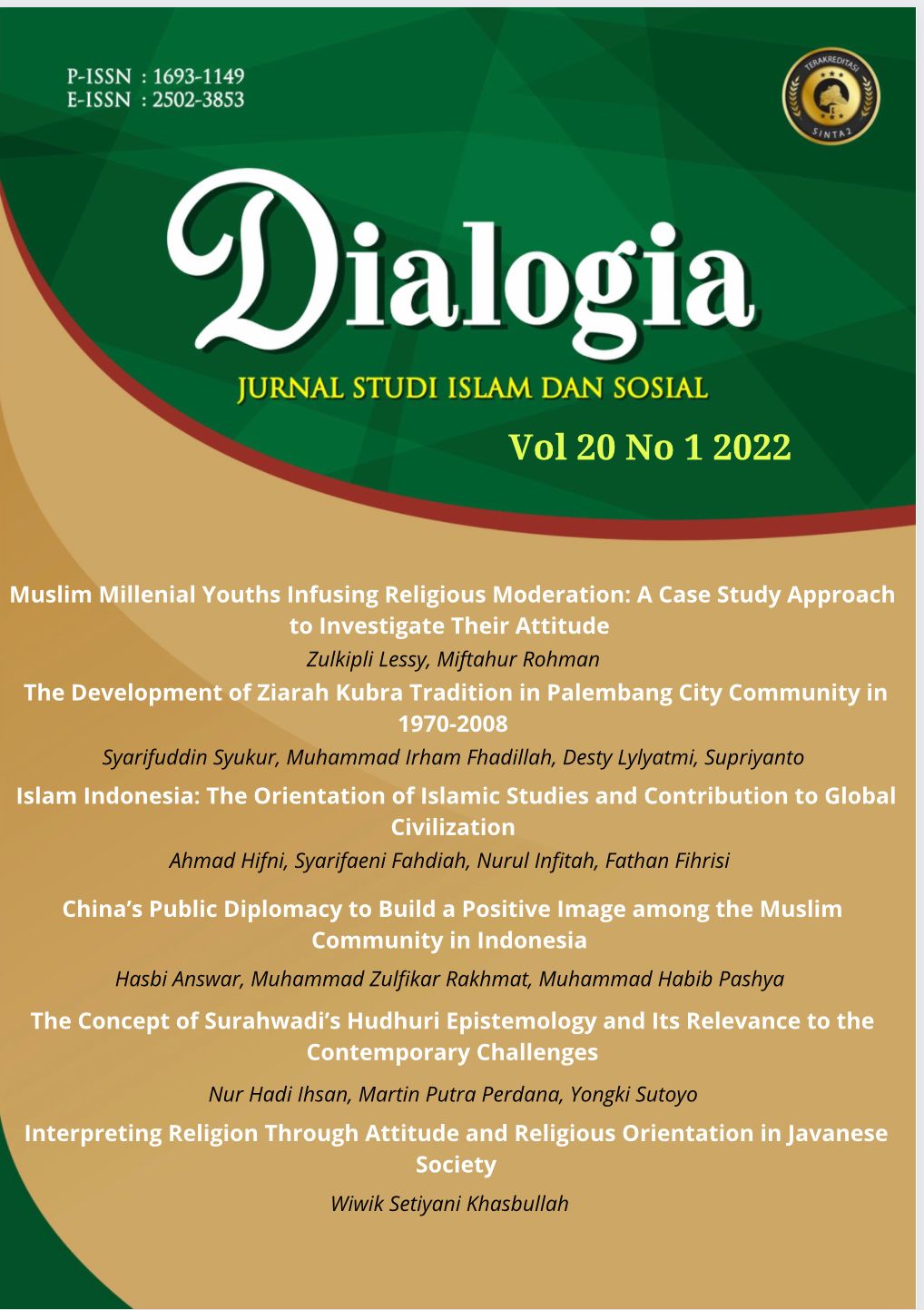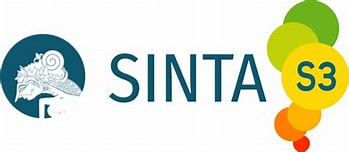Interpreting Religion Through Attitude and Religious Orientation in Javanese Society
DOI:
https://doi.org/10.21154/dialogia.v20i1.2255Keywords:
religious adherence, religious attitude, and orientation, Javanese societyAbstract
Abstract: Religiosity or religious adherence is a form of the peculiarities of each religion in implementing its teachings. Religious adherence has various complexions in expressing its religion. True religious adherence will generate an identity that is rich with discretion. To achieve it, a religious attitude and orientation are needed. Being religious means how to behave toward himself and others. The attitude of religion has a variety of typologies, namely inclusivism, exclusivism, pluralism, eclecticism, and universalism. Various typology reflects the tendency of one in practicing religion. The choice of the typology can be influenced by motivation whether intrinsic or extrinsic, which is the orientation of the religious person. To interpret one's religiosity, then need to understand how his religious attitude and orientation. The religiosity of Indonesian society, particularly Javanese, is strongly influenced by its local culture. Syncretism has been justified by Geertz that religious adherence to Javanese society can not be separated from its local cultural influence. This study used in-depth critical analysis methods to show the link and continuity between Javanese religion, culture, and society To interpret the religiosity of Javanese society, one must refer to the religious attitude and orientation which refer to the five typologies. Therefore, this research will identify the interpretation of the society's religiosity to find the dynamic and potential concepts of religious adherence coloring the development of the religiosity world.








